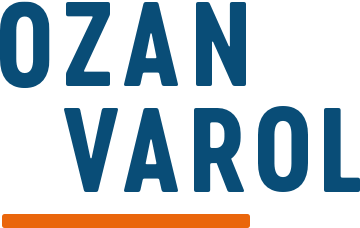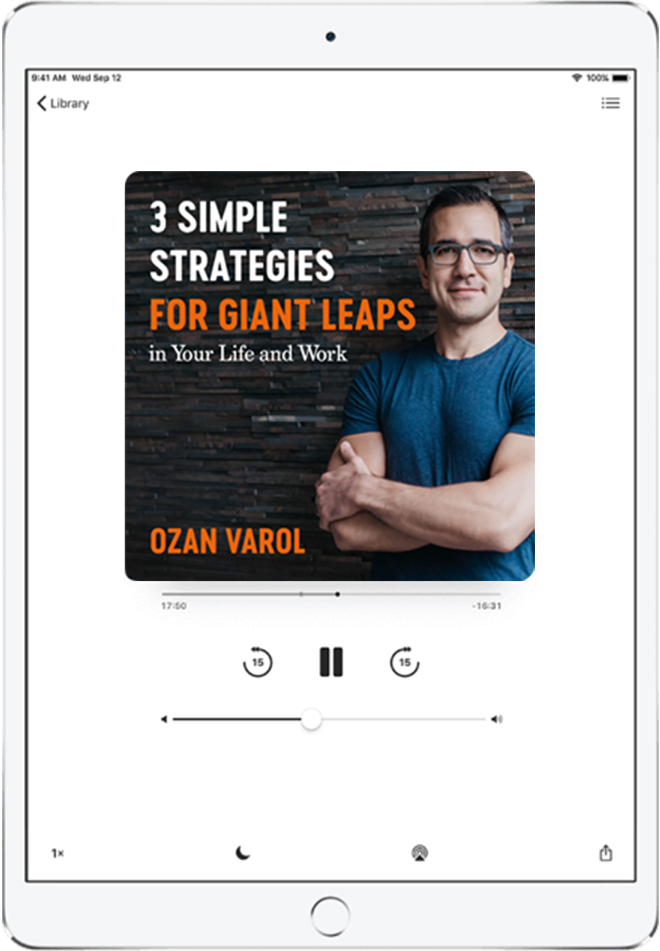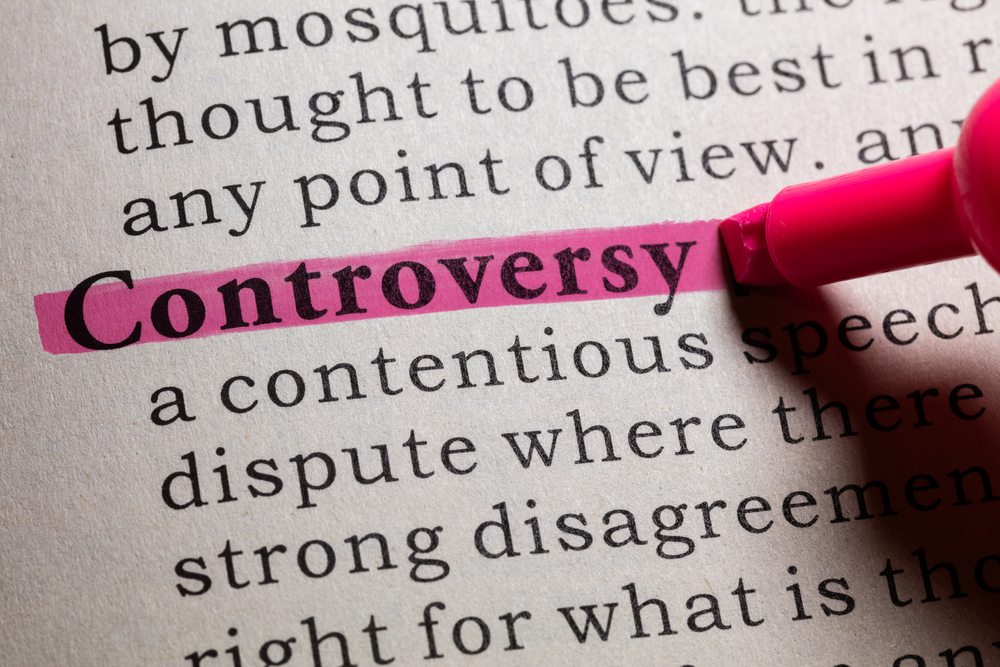When the head of Random House bet Theodore Geisel that he couldn’t write a book using only 50 words, most authors would have walked away muttering words like “impossible” or “nonsense”.
But Geisel gladly took him up on the offer. Not only that, but he did one better. He wrote a book with just 49 words of one syllable and the word “anywhere.”
The book, Green Eggs and Ham, became the best-selling book authored by Geisel, who’s better known as Dr. Seuss.
Constraints like the one that Dr. Seuss faced are supposed to be treacherous to our work. A constraint of time means we can’t finish a project. A constraint of money means we can’t get our business off the ground. A constraint of geography means we exclude opportunities that lie elsewhere. A constraint of space means we can’t write the book or the article we wanted.
In their wonderfully contrarian book, The Beautiful Constraint: How to Transform Your Limitations Into Advantages, Adam Morgan and Mark Barden argue otherwise.
Their argument isn’t just a “every cloud has a silver lining” platitude. Rather, they persuasively show that people can leverage constraints to their advantage (or make them “beautiful” as the authors call it).
Constraints can stimulate forward movement and breed resourcefulness—in the same way that the 50-word constraint unleashed a bout of creativity in Dr. Seuss.
As K.R. Sridhar put it, “When you don’t have resources, you have to be resourceful.”
Not only can constraints be beautiful, but their absence can actually be harmful. The lack of constraints can breed predictability and complacency. With no constraints, the status quo is often preserved. With an abundance of resources, there’s no reason to act or do differently. Economist Richard Auty coined the term “resource curse” to refer to the tendency of countries that are “rich in natural resources to perform worse economically than countries that have none.”
Contrast the resource curse with the beauty of constraints in these examples.
Beautiful constraints at work
Google knows how to make constraints beautiful. The simplicity of Google’s home page arose from a constraint. Larry Page had only basic programming skills, and a simple search box was all he could code when he co-founded Google. This constraint turned out to be a competitive advantage for Google, allowing it to stand apart from other search engines with cluttered displays.
IKEA wanted to create well-designed furniture for cheap. But how do you design a table that could be manufactured and sold at a profit for five euros? It’s impossible to answer this question using the same approach that IKEA or any of its competitors had taken in the past. The unreasonably low price point—the constraint—forced the IKEA team to break the path dependency.
When he started out in stand-up comedy, Jerry Seinfeld deliberately set a constraint on himself: avoid the source of the easiest laughs, such as sex or swearing. Instead, he decided to joke about the minutiae of life that most of us would find supremely boring. This constraint allowed Seinfeld to set himself apart from other comedians. His comedy is remarkable because he uses constraints that other comedians don’t use. Here’s Seinfeld:
“I do a lot of material about the chair. I find the chair very funny. That excites me. No one’s really interested in that—but I’m going to get you interested. It’s the entire basis of my career.”
Southwest Airlines came up with the idea of unallocated seating on their airplanes because of a resource constraint. They were forced to sell one of their four planes in 1970 but didn’t want to lose any of their routes. So they forced themselves to do the unthinkable: unload all arriving passengers, clean the plane, and board the departing passengers—all within 10 minutes. The solution was to flip the conventional wisdom on its head by not assigning specific seats to passengers.
A Marketing Campaign with No Money
When you don’t have money to spend on advertising, you spend your time making sure that the product you create is worth talking about by others.
As Sir Ernest Rutherford put it, “We have no money so we will have to think.”
Virgin America took Rutherford’s advice to heart. The company spent all of its start-up money on improving their guest experience, which left them with little money for advertising. They made this constraint beautiful by thinking of resources as those they can access, not just those they control.
They teamed up with method to put beautifully packaged hand soap in the bathrooms. They partnered with Google to provide free Chromebooks to Virgin America passengers during the flight. They turned their planes into a “catwalk in the sky” for Victoria’s Secret models, hosting an in-flight fashion show.
If they had the money to buy Super Bowl ads, Virgin wouldn’t have chased after these partnerships that turned out to be monumental to their success.
How to make your constraints beautiful
I find the idea of a beautiful constraint immensely liberating. Instead of adopting the victim mentality and convincing ourselves there’s nothing we can do in the face of a constraint, we can leverage that constraint.
How do you do this?
The authors of The Beautiful Constraint suggest that you ask a propelling question, one that combines a bold ambition with a significant constraint. Propelling questions aren’t simply difficult questions (e.g., “How do we double our profit in two years” doesn’t count). The question must have a constraint that, on the surface, resists the ambition.
“How can I launch a search engine with only basic coding skills?”
“How do we launch an airline with no advertising budget?”
“How can I become a criminal-defense lawyer with no experience?”
“How can I write a major brief with a limit of 5 pages?” The answer: We can channel our inner David Ogilvy, the advertising giant and real-life Don Draper, who said: “Give me the freedom of a tight brief.”
These propelling questions will produce breakthroughs that you couldn’t achieve if you were simply looking for incremental improvement.
Instead of asking for more, strive to do more with less. Use fewer resources, less power, less water, fewer materials. Make constraints part of your mode of operation. Placing these constraints on yourself—even artificial ones—flips a switch in your brain.
Instead of being complacent, you become creative.
So next time you’re faced with a constraint, ask yourself “How can I make this constraint beautiful?”
You’ll be surprised at the possibilities your brain can unleash.




